The roadmap for implementing electronic prescriptions was issued by the Ministry of Health in a new Circular on prescriptions and prescriptions of pharmaceuticals and biological products in outpatient treatment , effective from July 1. Accordingly, hospitals must implement electronic prescriptions before October 1, 2025, while other medical facilities must complete the process before January 1, 2026. This is the third time the Ministry of Health has postponed this roadmap. The most recent deadline for the group of medical facilities specified in Circular 04/2022 was June 30, 2023, when facilities must connect prescriptions.
Medical staff at the pharmacy of Military Hospital 175 dispense medicine to patients. Photo: Quynh Tran
Electronic prescriptions are a very small and essential component of electronic medical records. More broadly, electronic prescriptions also arise at medical examination and treatment facilities for patients who are not inpatients and do not have medical records. Only when electronic prescriptions are widely used nationwide can we ensure the monitoring and management of prescription and prescription drug sales at each medical facility.
Currently, the Ministry of Health has built and put into operation a national prescription system to help manage prescriptions transparently. In particular, the prescription drug management system has full medical facility codes, doctor codes, and prescription codes - these data are connected and centralized on the prescription drug management system. It is expected that this system can store up to 600 million prescriptions each year.
On July 6, Mr. Nguyen Huu Trong, General Secretary of the Vietnam Medical Informatics Association, said that the implementation of the National Information System for managing prescriptions and selling prescription drugs aims to connect all prescriptions from all medical examination and treatment facilities (public and private) nationwide with specific identification codes of doctors, identification codes of medical examination and treatment facilities and identification codes for each prescription to the general warehouse of the Ministry of Health.
On that basis, the system will share the prescription (with the patient's permission when coming to the drug retail facility) with each retail facility's software, so that the facility can issue and sell drugs according to the prescription. The system will receive reports on the quantity issued and sold on each prescription. Thereby, avoiding the situation where patients buy drugs with unclear prescriptions (unauthenticated hand-written prescriptions of unknown origin); buy drugs multiple times with prescriptions that have sold out or buy drugs with expired prescriptions.
In the past, using paper prescriptions made it difficult to manage the transparency of each prescription as well as the sale of prescription drugs. There were many major shortcomings when prescribing paper drugs, whether written by computer on software or handwritten in medical records. Specifically, paper prescriptions could not verify the accuracy of the prescription, whether it was real or not, and whether the prescriber or the facility issuing the prescription had sufficient authority or not.
In addition, paper prescriptions cannot confirm the status of the prescription (full or partial drug purchase/sale), leading to people using the prescription multiple times and retail establishments selling the same prescription multiple times. In many cases, the doctor's handwriting on the prescription "puzzles" patients and pharmacists, which can lead to the sale of the wrong type of drug, the wrong dose, and health effects.
"However, the health sector's promotion of electronic prescription connectivity among medical examination and treatment facilities nationwide is still slow," Mr. Trong said, adding that the new system currently records about 12,000 medical examination and treatment facilities of all types regularly connecting prescriptions out of a total of more than 60,000 facilities operating nationwide. Many large end-line hospitals have not yet connected prescriptions or only connected insurance prescriptions, while on-demand medical examination and treatment prescriptions are not connected.
Most private medical facilities have not yet implemented prescription linkage (about 40,000 facilities have not yet). Many drug retail facilities, including pharmacies in hospitals, have not yet implemented the sale of prescription drugs using electronic prescription codes (out of a total of more than 218 million prescriptions that have been linked, only more than 3.6 million outpatient prescriptions were reported to have been sold by drug retail facilities).
Currently, many medical facilities still prescribe medicine on paper, even prescriptions of unknown origin, prescribe on software but not according to standards or prescribe on software but not connected to the system.
According to Mr. Trong, the implementation of electronic prescriptions and connection of electronic prescriptions from the software of medical examination and treatment facilities to the National Information System for managing prescriptions and selling prescription drugs is "not difficult". The software proactively implements and does not create any new processes in the medical examination and treatment of doctors. Entering electronic prescription codes into the software for managing retail drug stores to sell prescription drugs is also convenient and reduces the time when each facility sells drugs.
However, despite having sufficient legal basis, the implementation is still very slow, due to many factors. In particular, training and guidance for practice facilities have not been carried out; inspections, supervision and urging of implementation by state management agencies have not been regular and adequate. In particular, no facility has been punished although the decree on administrative sanctions for medical examination and treatment facilities and drug retailing has sanctions.
On the part of medical and pharmaceutical establishments, most of the concerns are the "fear of transparency" and "being managed" mentality, which leads to easy detection of violations of practice. For example, not being able to sell illegal drugs at clinics, not being able to prescribe drugs that are abused or not authorized, or for drug establishments not being able to sell drugs without a prescription... so the implementation is even more delayed. Even for large hospitals, the lack of financial motivation (doing it for no additional benefit) and lack of inspection means that many of these establishments have not implemented it or have not implemented it fully.
Therefore, Mr. Trong believes that it is necessary to monitor the sale of electronic drugs according to regulations, and at the same time, to propagate people to buy drugs according to prescriptions. The government needs to issue or amend and supplement sanctions that are strong enough to deter medical examination and treatment facilities and drug retail establishments from implementing them.
Source: https://baohatinh.vn/tat-ca-benh-vien-phai-thuc-hien-ke-don-thuoc-dien-tu-truoc-110-post291190.html



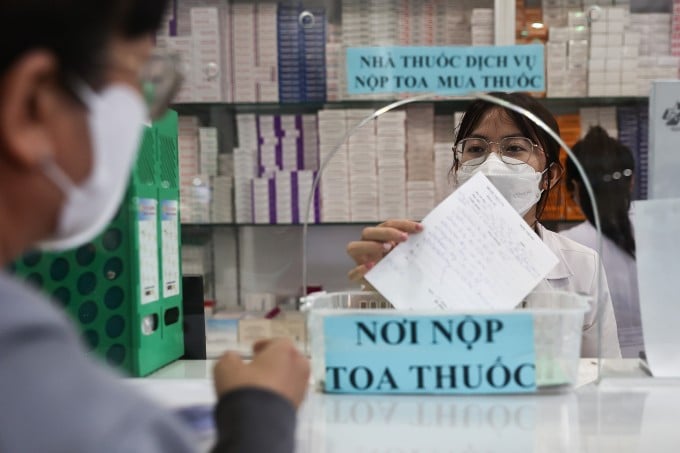
![[Photo] Red flag with yellow star flutters in France on National Day September 2](https://vphoto.vietnam.vn/thumb/1200x675/vietnam/resource/IMAGE/2025/8/28/f6fc12215220488bb859230b86b9cc12)

![[Photo] Prime Minister Pham Minh Chinh meets with Speaker of the New Zealand Parliament Gerry Brownlee](https://vphoto.vietnam.vn/thumb/1200x675/vietnam/resource/IMAGE/2025/8/28/cec2630220ec49efbb04030e664995db)
![[Photo] General Secretary To Lam attends the opening ceremony of the National Achievements Exhibition](https://vphoto.vietnam.vn/thumb/1200x675/vietnam/resource/IMAGE/2025/8/28/d371751d37634474bb3d91c6f701be7f)
![[Photo] Politburo works with the Standing Committee of Cao Bang Provincial Party Committee and Hue City Party Committee](https://vphoto.vietnam.vn/thumb/1200x675/vietnam/resource/IMAGE/2025/8/28/fee8a847b1ff45188749eb0299c512b2)
![[Photo] General Secretary To Lam presents the 45-year Party membership badge to comrade Phan Dinh Trac](https://vphoto.vietnam.vn/thumb/1200x675/vietnam/resource/IMAGE/2025/8/28/e2f08c400e504e38ac694bc6142ac331)

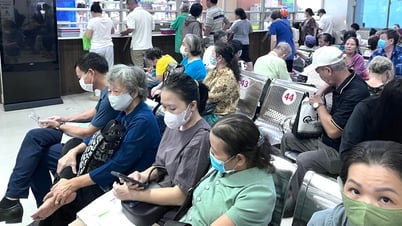

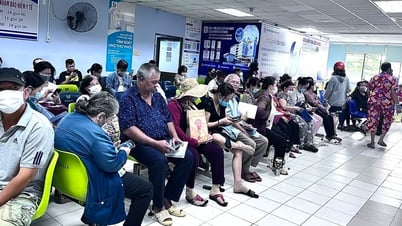


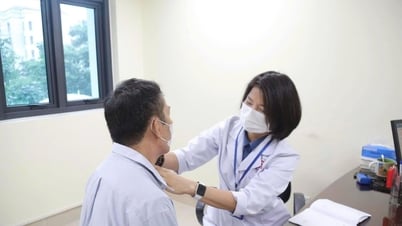

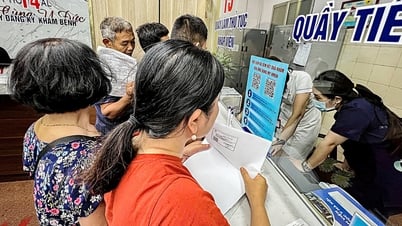













































































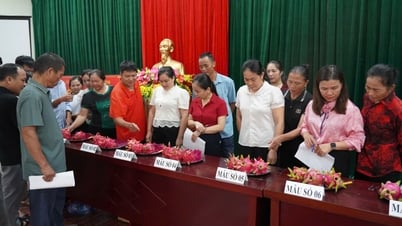







Comment (0)